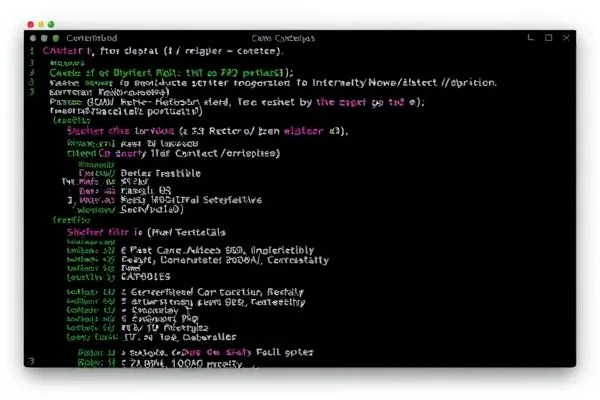In today’s hyperconnected digital landscape, the strength and accuracy of your SSL configurations can dramatically influence your organization’s overall cyber health. SSL misconfigurations dramatically expand your attack surface, making it easier for hackers to exploit potential vulnerabilities. In this article, we will explore the various ways SSL misconfigurations represent serious risks and discuss effective mitigation strategies.
Key Takeaways:
- SSL misconfigurations are prevalent and can significantly increase vulnerability to cyberattacks.
- Proactive monitoring and management of SSL certificates are essential for risk mitigation.
- Implementing External Attack Surface Management (EASM) solutions enhances visibility and strengthens security posture.
- Continual assessment and proactive alerts are critical for maintaining secure SSL configurations.
Understanding SSL Misconfigurations and their Consequences
SSL misconfigurations occur when SSL certificates are improperly set up or managed, which can lead to significant vulnerabilities within an organization’s network. Common issues include outdated encryption algorithms, incorrect certificate installations, and expired certificates. These vulnerabilities directly contribute to an organization’s expanded attack surface, potentially allowing adversaries unauthorized entry into systems.
When SSL configurations are mismanaged, organizations face several key challenges:
- Man-in-the-Middle (MITM) Attacks: These attacks happen when an adversary intercepts communication between two parties, undermining both authentication and data integrity.
- Eavesdropping: Weak encryption ciphers allow attackers to passively monitor sensitive communications, collecting invaluable information.
- Data Breaches: Misconfigurations can facilitate unauthorized access to sensitive data, leading to serious financial and reputational harm.
- User Desensitization: Inconsistent SSL performance creates user complacency, increasing exposure to phishing attacks as customers grow accustomed to ignoring SSL warnings.
Challenges in Detecting SSL Misconfigurations
Detecting SSL misconfigurations without dedicated management tools presents challenges for many organizations. Most conventional security solutions are designed for internal network monitoring, neglecting the need to scrutinize external-facing assets.
This presents two specific challenges:
- Limited Capacity of Traditional Solutions: These tools typically focus on internal threats and may overlook important external vulnerabilities such as SSL certificate expirations and weak encryption parameters.
- Dynamic Nature of Digital Infrastructure: The ongoing addition, removal, or updating of digital assets makes it difficult to maintain secure configurations consistently.
Leveraging EASM Solutions to Mitigate SSL Misconfigurations
To effectively manage SSL configurations and strengthen your organization’s external attack surface, investing in an External Attack Surface Management (EASM) solution is critical. An effective EASM solution should continuously monitor both known and unknown assets, offering a thorough approach to security management. Essential features of an EASM platform include:
- Continuous Discovery and Monitoring: Perform regular scans to identify vulnerabilities and assess their risk levels.
- SSL Certificate Monitoring: Regularly check SSL certificate statuses, including expiration dates and compliance with security protocols.
- Automated Reporting and Alerts: Efficiently identify, analyze, and prioritize misconfigurations to streamline remediation actions.
- Managed Services: Consider utilizing a provider that delivers 24/7 monitoring and expert insights on your security posture.
One notable solution is Outpost24’s EASM platform, which aggregates comprehensive threat data and enhances the overall security posture by systematically identifying and resolving vulnerabilities.
Your organization’s internet-facing assets and associated cyber threats require ongoing vigilance. Employing effective monitoring and management solutions will increase your organization’s cybersecurity resilience.
In Conclusion
To conclude, SSL misconfigurations are not just minor oversights; they pose significant threats to the security and integrity of an organization’s network. By understanding these risks and implementing tailored solutions like automated pentesting strategies offered by CyberSecRom, organizations can significantly enhance their defenses and secure their digital environment.
FAQs
- What are SSL misconfigurations? SSL misconfigurations refer to errors in the setup or management of SSL certificates, which can lead to potential vulnerabilities.
- What can SSL misconfigurations cause? They can lead to security incidents like MITM attacks, eavesdropping, data breaches, and user desensitization to security protocols.
- How can organizations monitor SSL configurations? Organizations can employ External Attack Surface Management (EASM) platforms for continuous monitoring and management of SSL configurations.
- What should organizations do if they find SSL misconfigurations? Immediate action to rectify the misconfigurations is essential, prioritizing those that pose the highest risks to security.









